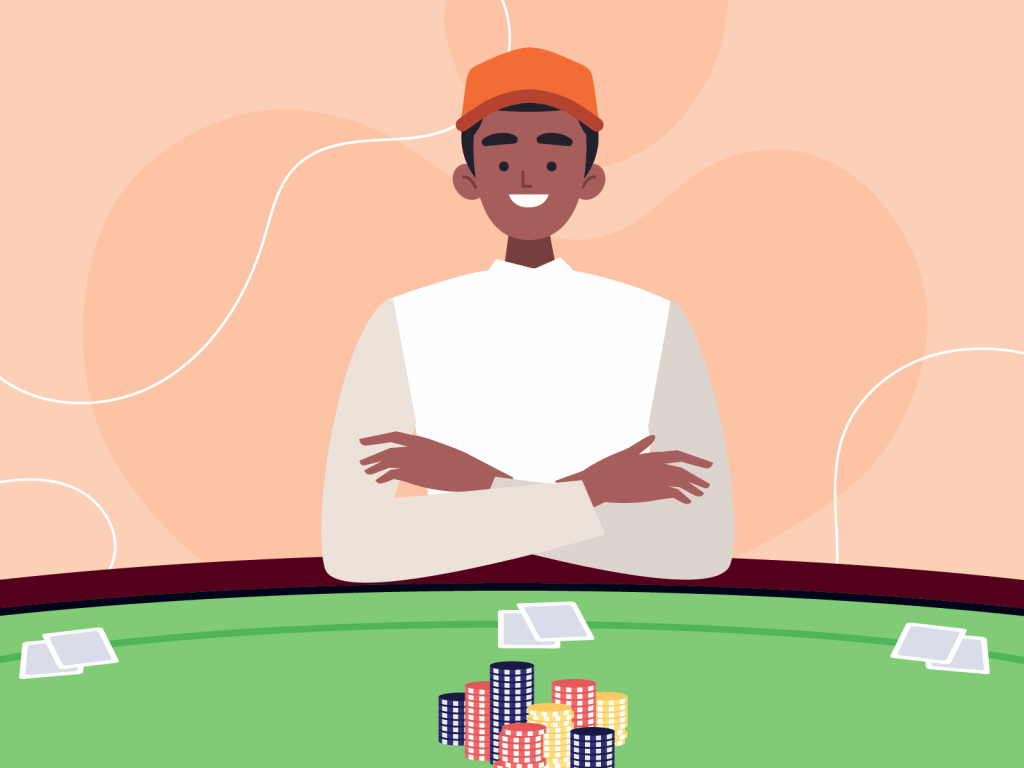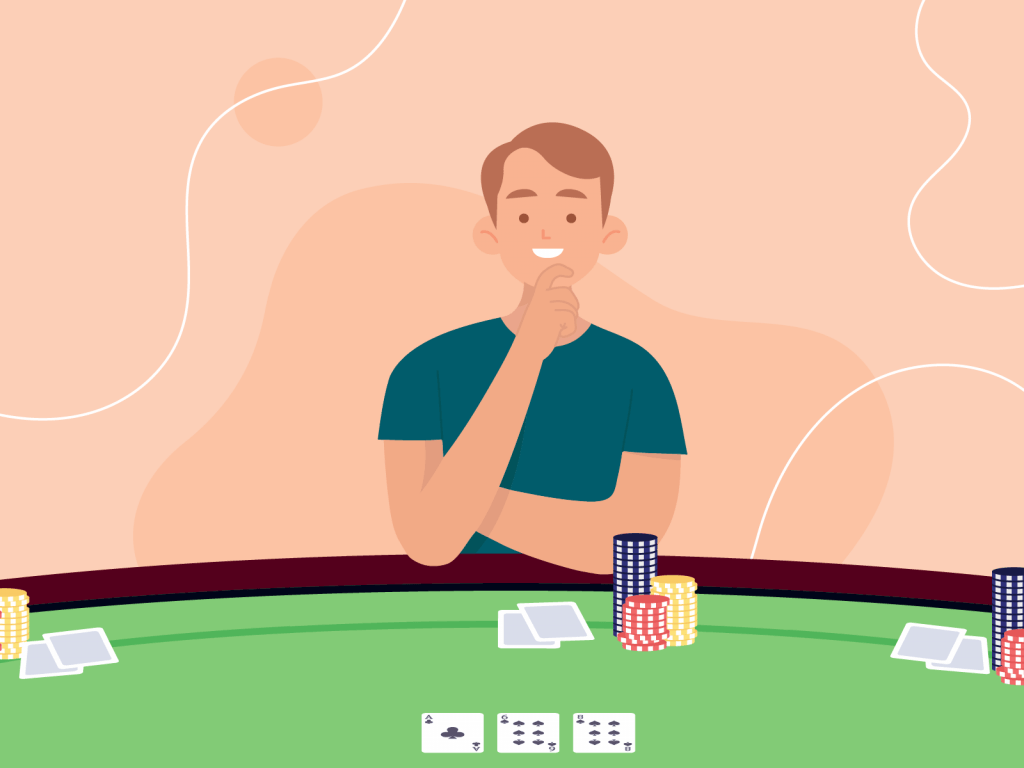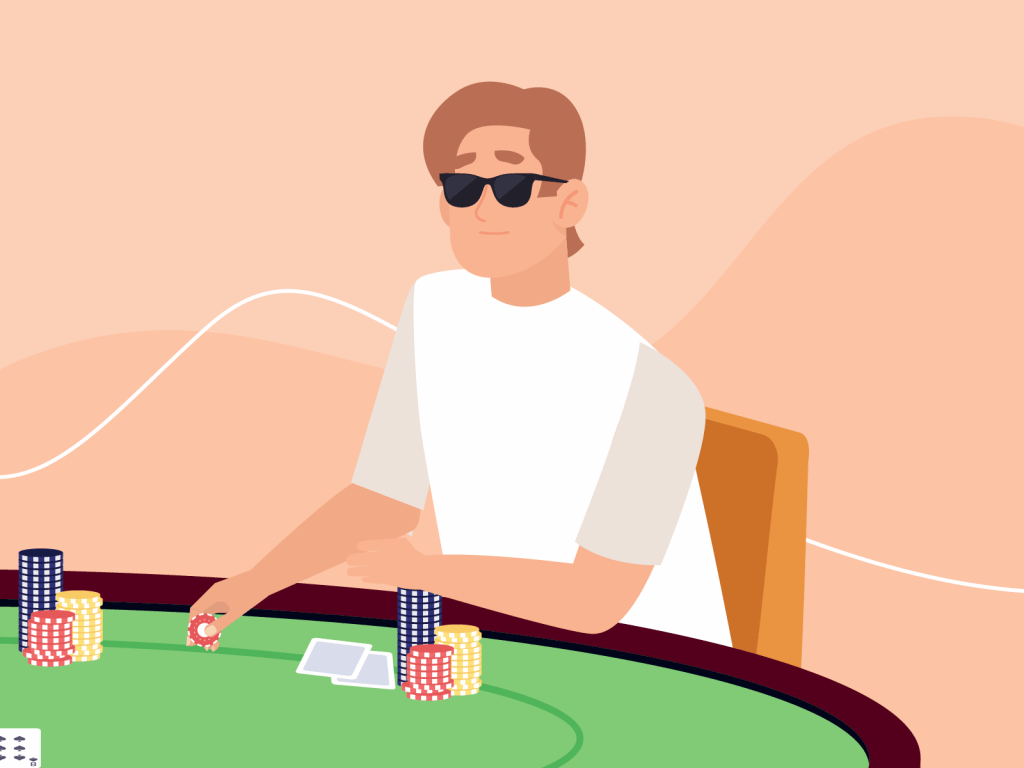Mastering Poker Bluffing: Your Guide to Expert-Level Deception at the Table

Understanding the Role of Bluffing in Poker
Bluffing is an essential part of any poker strategy, regardless of whether you favor a tight or loose playing style. Incorporating well-timed bluffs keeps your game unpredictable and helps prevent opponents from reading you too easily. If your style never involves a bluff, your actions become transparent, and experienced players will quickly exploit this by folding when you bet or only betting with strong hands themselves.
Some players avoid bluffing altogether, preferring to rely solely on premium hands. While this can work in extremely favorable or passive games, this approach is not viable against skilled opponents. Fortunately, bluffing is a skill anyone can develop through thoughtful practice and the right mindset.
Detach from the Cash: Shift Your Perspective During a Bluff
When sitting at the poker table, successful bluffers separate themselves from the real-world value of their chips. Instead of focusing on the monetary value, such as the potential loss of $200 in a $2/$5 game, regard your stack as units of risk-big blinds, for example-which makes decision-making more mechanical and less emotionally charged.

For example, betting 40 big blinds to win a pot of 150 big blinds is a calculation rooted in strategy, not emotion. Over time, this mindset helps reduce hesitation and fear when executing bluffs. However, if you notice that an opponent strongly associates chips with cash and is particularly risk-averse, you can target them with larger bluffs-they are less likely to call without a premium hand.
Craft a Convincing Narrative with Your Bluffs
Every successful bluff tells a believable story. Before attempting a bluff, always ask: does my action represent a logical, powerful hand given the current board and betting history? Weak players often neglect this, choosing spots where the narrative simply doesn’t add up-for example, raising a flop that strongly favors their opponent’s range when their own holdings appear weak.
To create a plausible bluff, ensure your betting patterns and board action mimic the way you would play a strong hand in that scenario. For instance, consider checking on the turn when a flush draw completes, then raising your opponent’s bet to represent a made flush. A thoughtful storytelling approach makes your bluffs more believable and increases their success rate, even if you’re occasionally called down by particularly stubborn players.
Manage Your Physical Cues: Body Language in Live Poker
Bluffing in live poker goes beyond betting patterns-it’s about controlling your physical presence. Seasoned opponents are constantly hunting for physical ‘tells,’ such as shaky hands or nervous breathing, to detect weakness. To reduce these leaks, adopt a consistent posture during tense hands, like keeping your hands together near your mouth and maintaining steady breathing.

It’s vital to maintain these behaviors whether you’re bluffing or not, which prevents opponents from linking a specific reaction to a specific type of hand. Although these techniques won’t eliminate all tells, they make it significantly harder for observant players to spot patterns and exploit your bluffs.
Leverage Your Table Image for Maximum Bluffing Impact
How others perceive you at the table is crucial when planning to bluff. A player recognized as very tight will get far more credit for a bluff than someone seen as loose and aggressive. Try to cultivate an image of balance-occasionally showing bluffs but not becoming reckless.
Your image evolves throughout the session. If you’ve just pulled off several bluffs, opponents may start calling you down lighter; if you’ve only played premium hands, you gain credibility for bold bets. Always be aware of how your recent actions shape your table image and adjust your bluffing frequency accordingly to maximize success and minimize detection.
Choose Bluffing Opportunities Wisely
Good bluffers know that not every situation is created equal. The most favorable bluffing spots are those where the board and situation make it difficult for opponents to call, or where you’re facing opponents known to fold marginal hands. Careful selection of these spots is key to long-term success.
Consider the following principles:
- Avoid bluffing players who hate folding (calling stations)
- Don’t target opponents who are angry or “on tilt”
- Watch for ‘scare cards’ (high cards or those completing draws) as opportunities to bluff
- Bluff more against medium stacks, less versus very short stacks (who are often committed)
- Adjust to the table dynamics and always be flexible with your approach
By weighing these factors, you increase your chances of choosing the perfect moment for a bluff.
Stay Clear of Bluffing in Multi-Way Pots
It’s much riskier to execute a successful bluff when multiple players are in the hand. With several opponents, the odds increase that someone has a strong holding or becomes curious enough to call. As a general rule, reserve your serious bluffing moves for heads-up situations.
When facing several players, limit yourself to low-risk ‘probing’ bets only when no one has shown strength. If two or more players remain interested after your bluff attempt, be prepared to abandon the hand and save your chips for more favorable scenarios.
Experiment with Bet Sizing to Disrupt Expectations
Seasoned bluffers play with bet sizing to confuse opponents and disrupt their plans. If your rival expects a standard half-pot bet and instead faces an oversized wager, they may be forced into uncomfortable, unfamiliar decisions.
However, your bet sizes must remain consistent with the story you’re telling-don’t telegraph weakness or desperation with tiny, suspiciously small bets. Generally, if you would bet half the pot for value, do the same when bluffing. Mixing in the occasional overbet or underbet can keep recreational players off balance, but use these adjustments sparingly and situationally.

Tips for Aspiring Expert Bluffers
Learning to bluff with precision is a skill that takes time and self-awareness. While dramatic bluffs look thrilling on TV, risking a lot just for excitement rarely ends well for most players. Instead, focus on building an all-around strong poker game. Effective bluffing should be one of many weapons in your arsenal-not your entire identity at the table.
The most formidable bluffers are those who don’t have an obvious “bluffer” reputation. Their unpredictability keeps opponents frustrated and guessing, which is the foundation for long-term success. Remember, the art of bluffing lies in knowing exactly when to apply pressure and when to let go, not in bluffing for its own sake.
If you’re eager to refine your poker knowledge further, consider diving into authoritative poker books and resources to enhance both your fundamental strategy and deceptive techniques.













